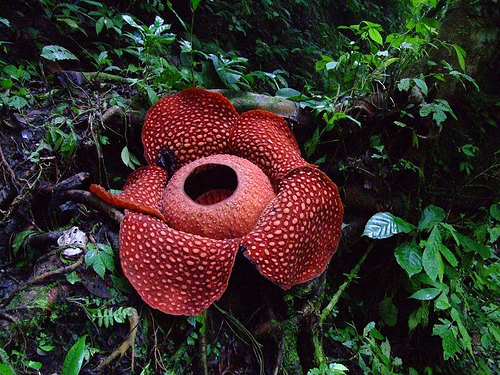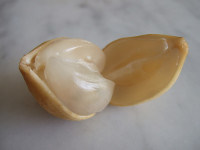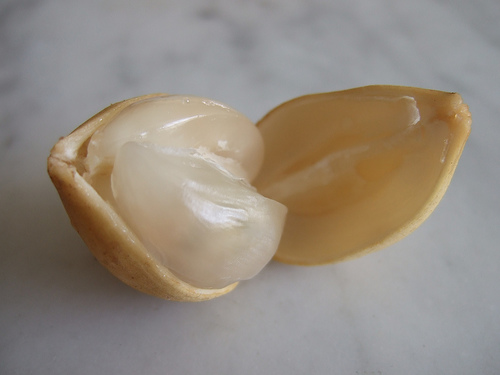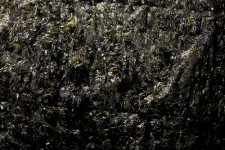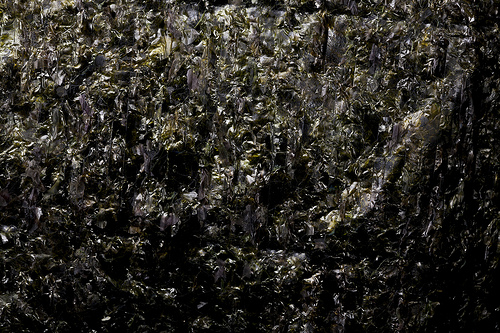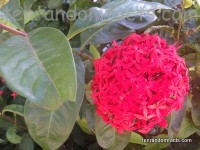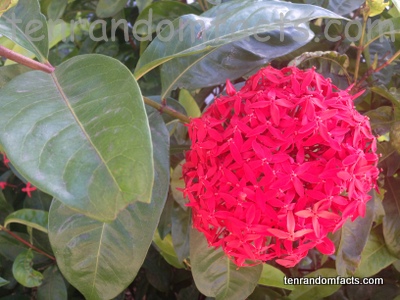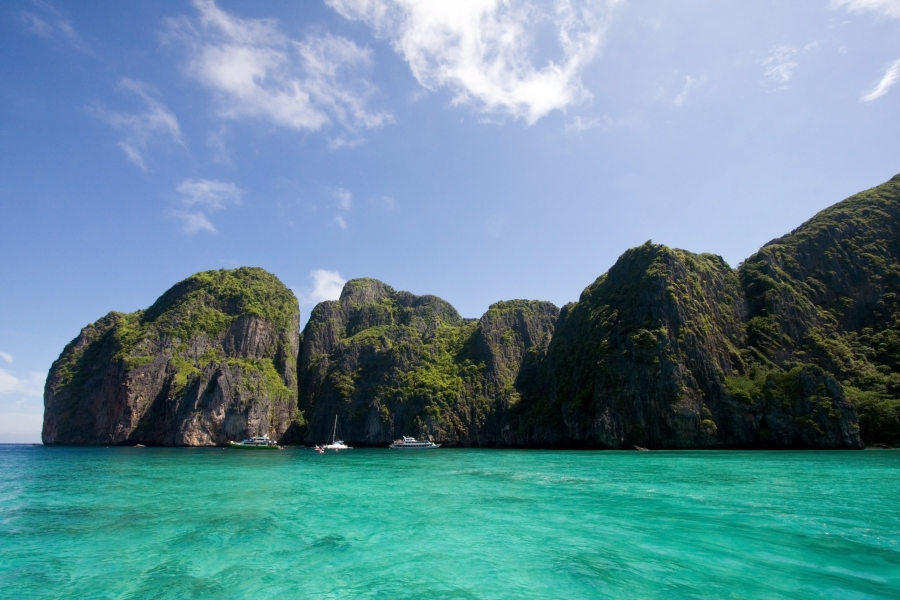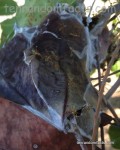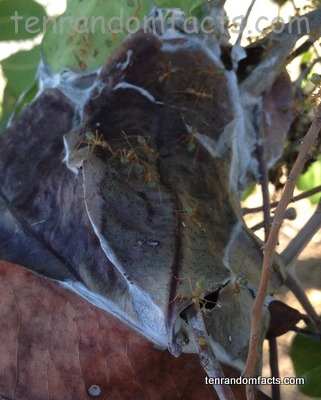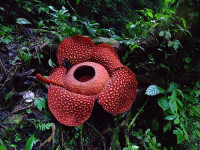
You get more than you bargained for with the corpse flower.
- Corpse flowers are large flowering plants native to the Sumatra rainforests of Indonesia, in Asia, and they may also be found in nearby areas.
- The scientific name of a corpse flower is Rafflesia arnoldii and it is from the family Rafflesiaceae, a family of parasitic plants.
- Corpse flowers have five large petals that can grow to be up to 1.05 metres (3.4 feet) in length and they are the largest known extant flower recorded.
- The flower colour of corpse flowers ranges from red, oranges and browns, and is spotted with white.
- Corpse flowers excrete an odour compared to that of a dead corpse, which serves as an attraction for flies to pollinate the plant.
Corpse Flower
Image courtesy of Tamara Van Molken/Flickr
- The buds of corpse flowers reach a length of approximately 0.3 metres (1 foot) and have an appearance similar to a cabbage.
- There was a race between the French and the British to publish a scientific name for the genus of the corpse flower, as both countries obtained specimens at various times, however it was the British who named the genus in 1820, and in 1821 they named this particular species.
- Tree shrews eat the fruit produced by corpse flowers, that contain numerous small seeds, which the shrews help to disperse.
- Corpse flower plants do not have leaves or roots, and instead, they feed from a vine host plant as a parasite, and remain hidden until ready to bloom.
- Corpse flowers will only bloom when ready for pollination, a period that may last for only a couple of days, though it can take months for the buds to mature and open.
Bibliography:
Rafflesia Arnoldii (Corpse Flower), n.d, KEW Royal Botanic Gardens, http://www.kew.org/science-conservation/plants-fungi/rafflesia-arnoldii-corpse-flower
Rafflesia Arnoldii, 2015, Wikipedia, https://en.wikipedia.org/wiki/Rafflesia_arnoldii
World’s Largest Flower, Raffelsia Arnoldii, 2013, Facts List, http://factslist.net/2013/04/worlds-largest-flower-rafflesia-arnoldii/




